Art Deco
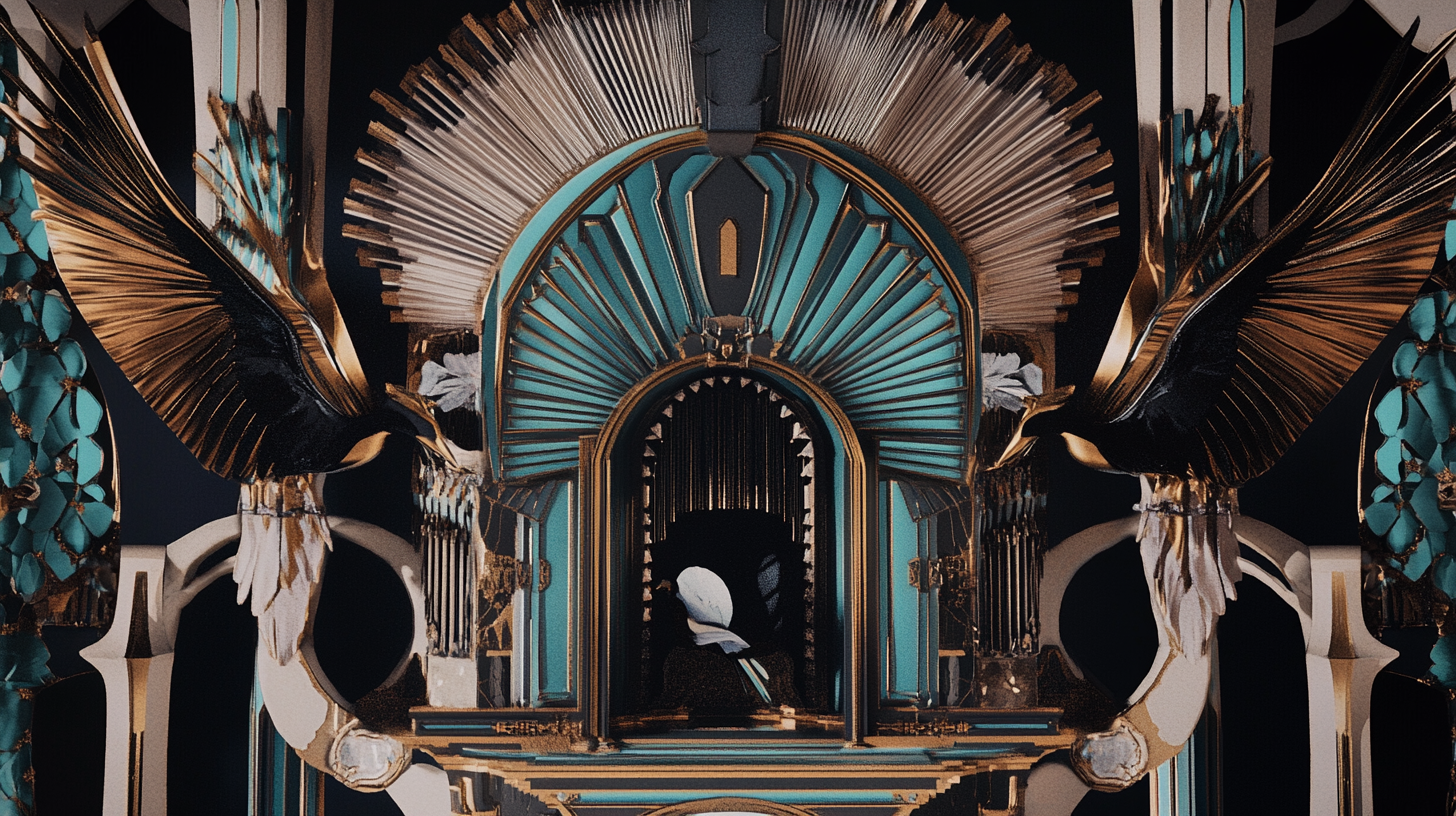 AI-Generated ImageAI-Generated Image
AI-Generated ImageAI-Generated Image Art Deco is a visual art style that emerged in the 1920s and 1930s, characterized by bold geometry, rich colors, and luxurious ornamentation. It blends modernist elegance with industrial precision, reflecting the optimism, glamour, and technological progress of the early 20th century.
Distinguished by its use of symmetry, streamlined forms, metallic finishes, and stylized motifs (like sunbursts, zigzags, and chevrons), Art Deco was widely used in architecture, fashion, interior design, illustration, and commercial advertising. Materials like chrome, glass, marble, and lacquer were common, emphasizing both craftsmanship and modernity.
In visual art and design—especially in AI-generated contexts—Art Deco evokes a sense of vintage sophistication and futuristic allure, often merging nostalgic elegance with sleek, mechanical form. It’s ideal for projects that seek a balance between classical refinement and bold visual impact.
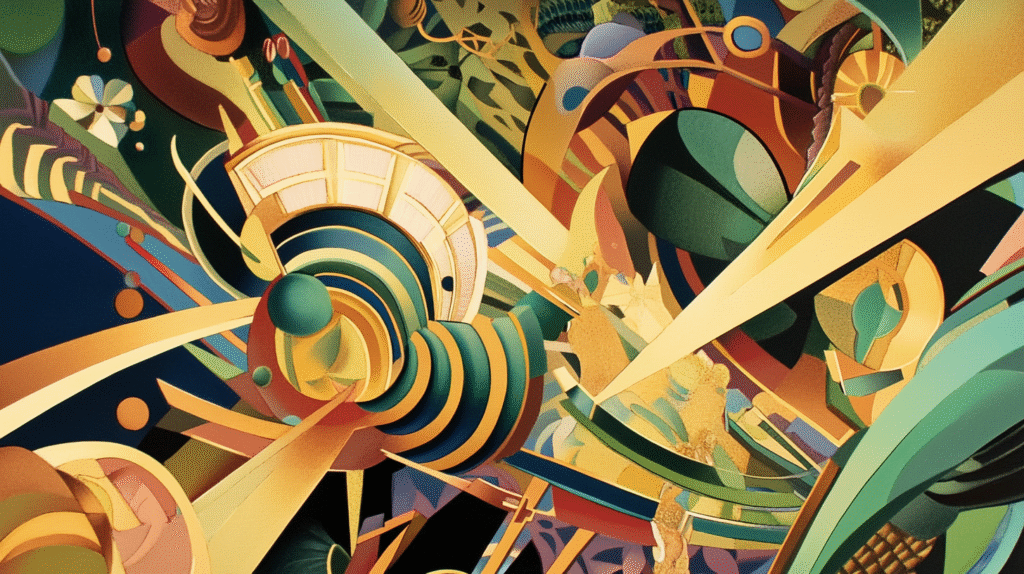 AI-Generated Image
AI-Generated Image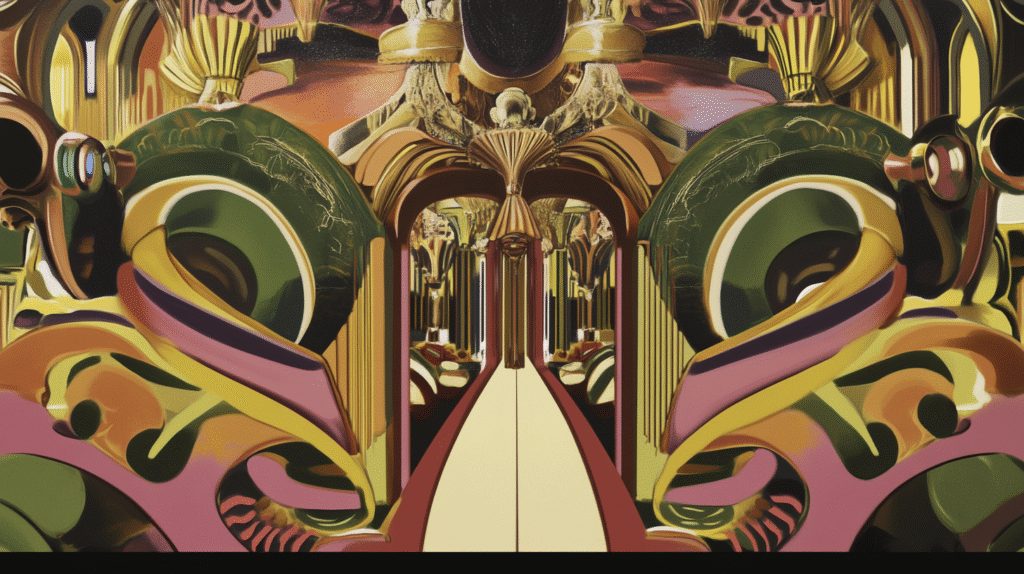 AI-Generated Image
AI-Generated Image AI-Generated Image
AI-Generated Image AI-Generated Image
AI-Generated ImageFrequently Asked Questions
When did the Art Deco style emerge?
Art Deco emerged in the 1920s and 1930s.
What are some key characteristics of Art Deco?
Art Deco is characterized by bold geometry, rich colors, luxurious ornamentation, symmetry, streamlined forms, and stylized motifs.
What materials are commonly associated with Art Deco?
Common materials in Art Deco include chrome, glass, marble, and lacquer.

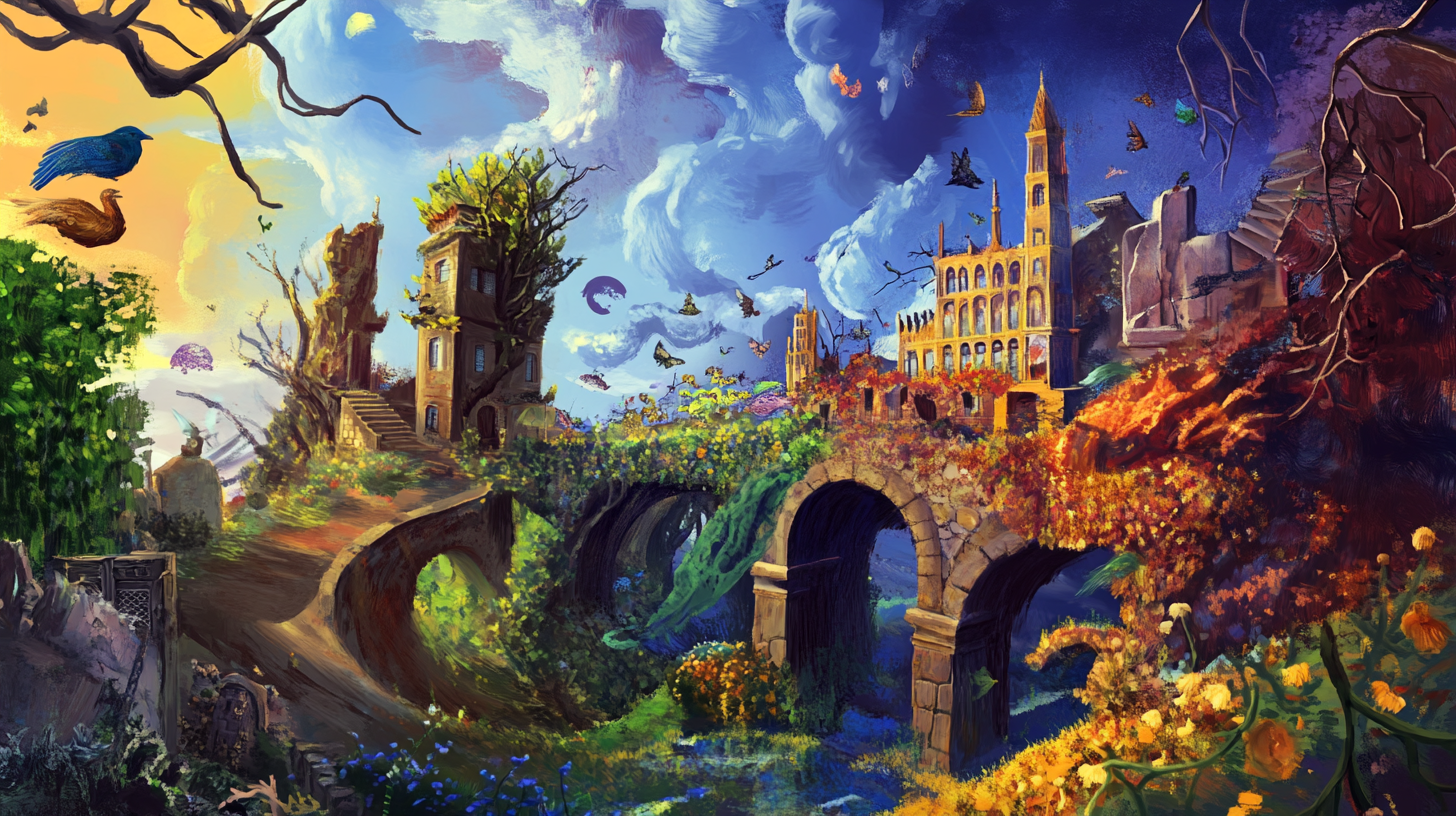
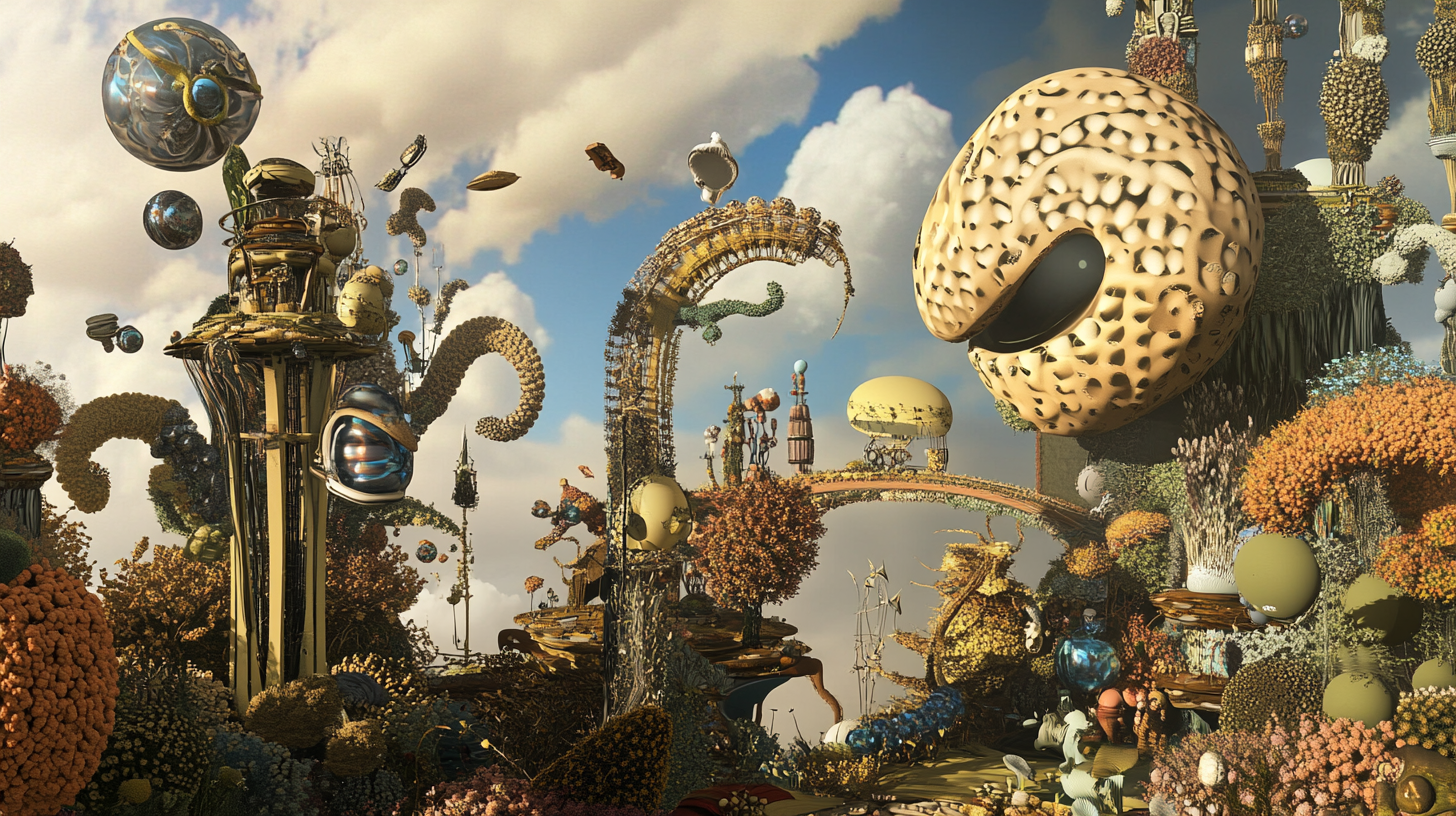

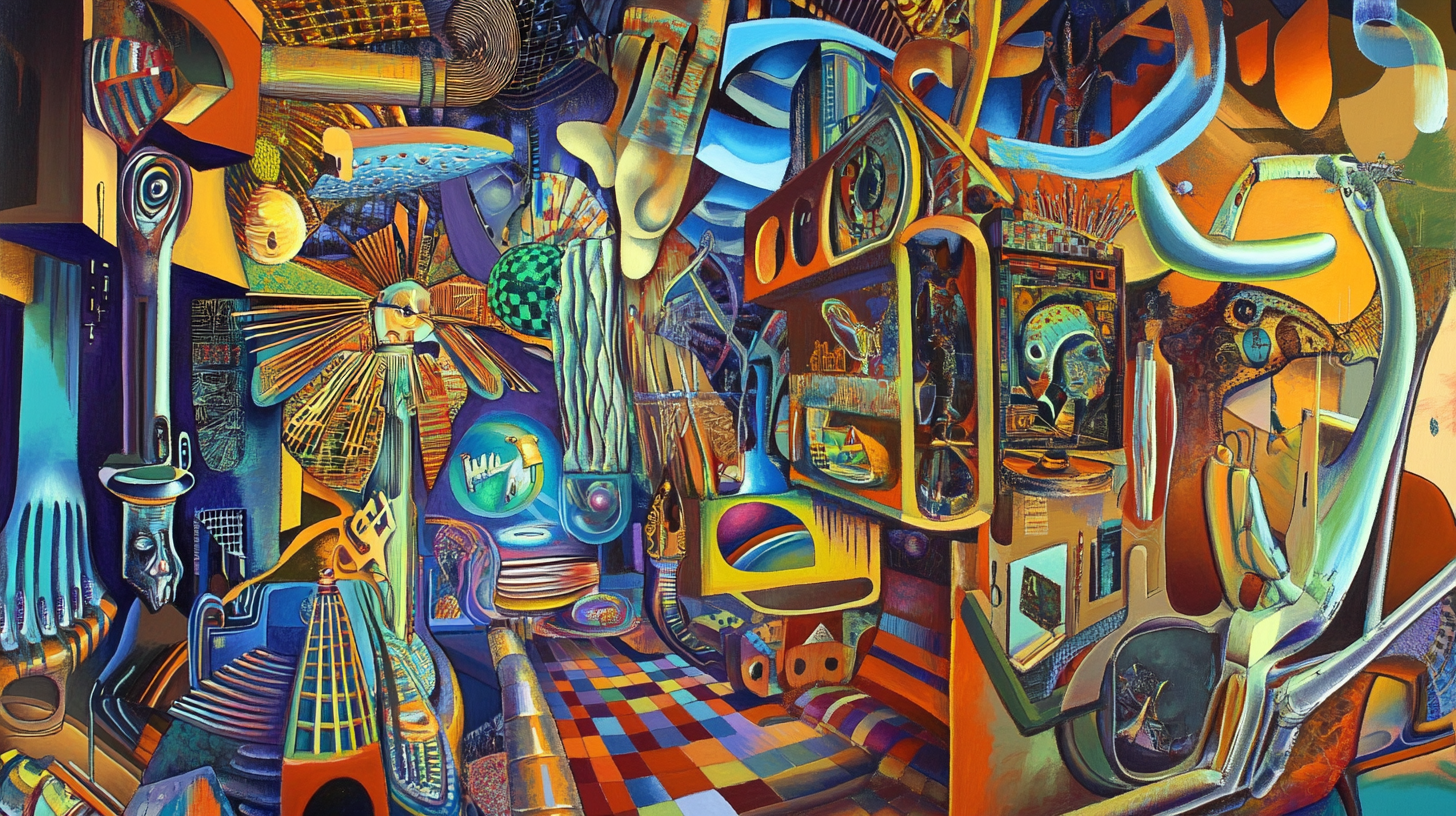

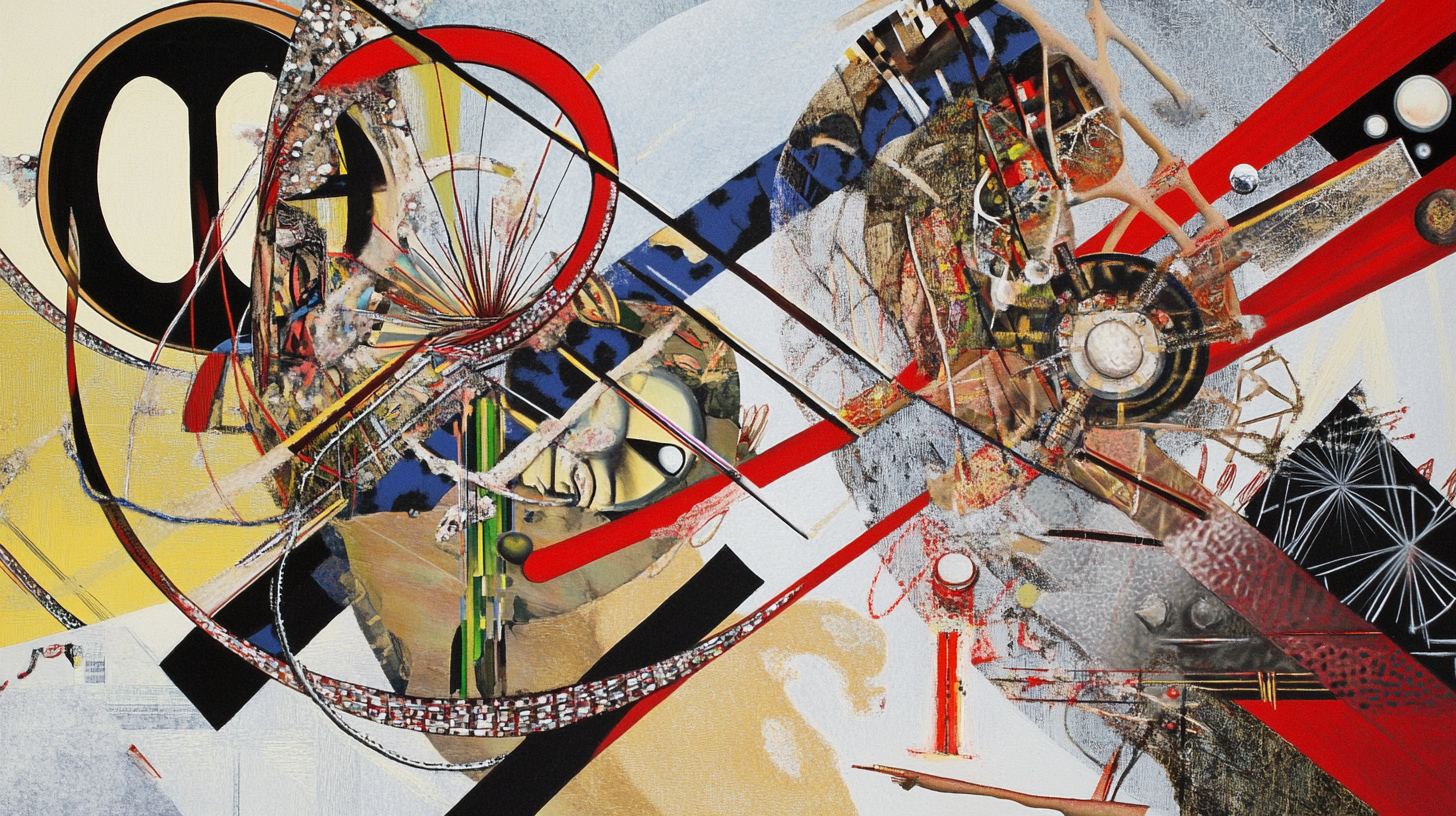
All comments and suggestions are welcome.